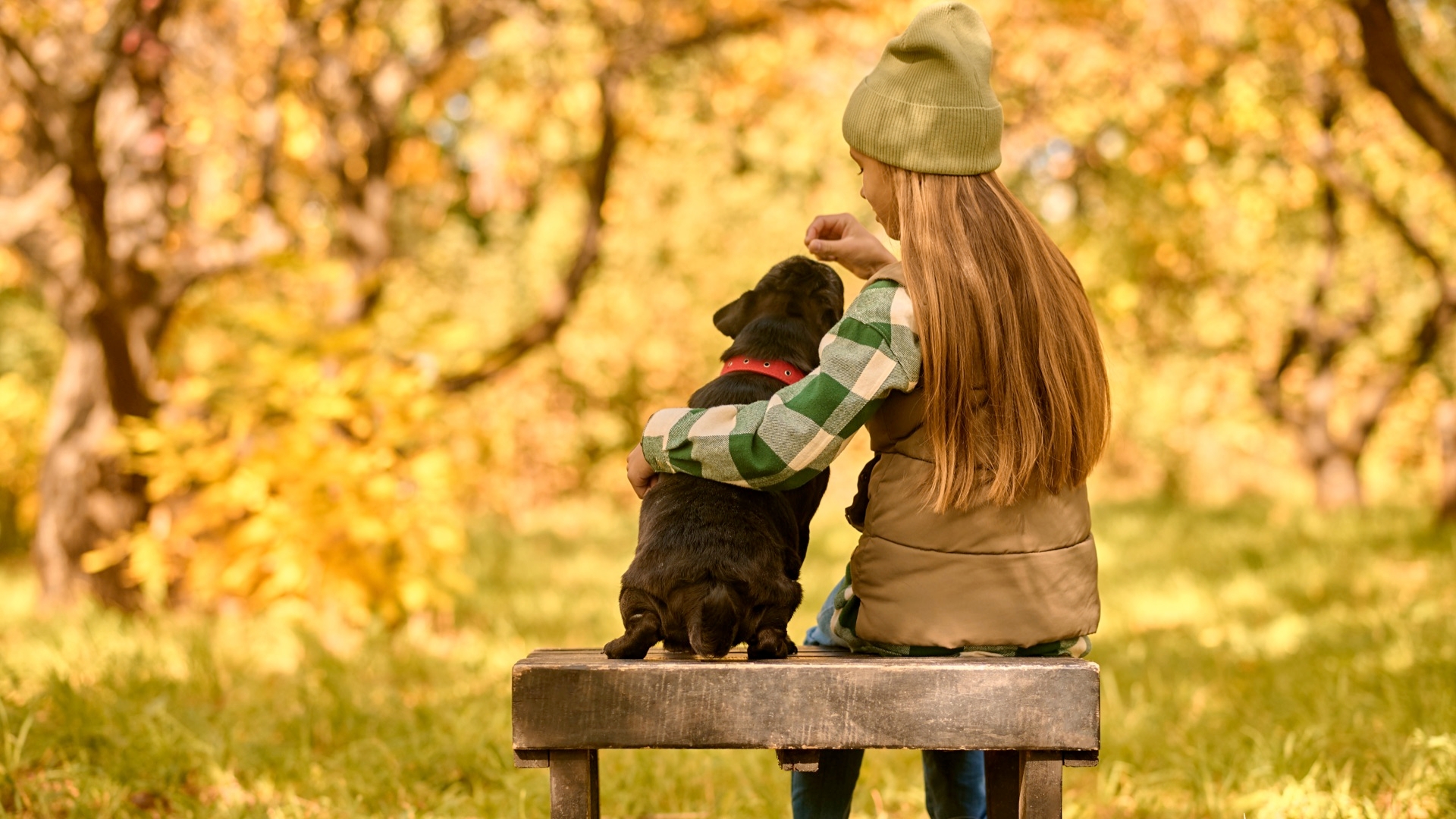Relationship-based Dog Training:
Summary:
Relationship-based trainers have realistic expectations. When training animals, we use lots of patience. They understand that animals are not born knowing how to fit into our human lives. Most adult animals are not adequately taught how to be part of a loving human family. Even if they have been in a loving home, they may still lack the social skills to be comfortable around strangers and in new situations.
Relationship-based Animal Trainers
Relationship-based trainers have realistic expectations. When training animals, we use lots of patience. They understand that animals are not born knowing how to fit into our human lives. Most adult animals are not adequately taught how to be part of a loving human family. Even if they have been in a loving home, they may still lack the social skills to be comfortable around strangers and in new situations.
Related-Based Training Tips
What exactly do we mean when we say "relationship-based training"? It is a method of training that uses the cooperative relationship between the trainer and the animal to achieve mutually beneficial results while at the same time enhancing and strengthening their relationship. Here are some of the basic principles:
- Put the animal's immediate needs first. Is your pet injured, ill, fearful, frustrated, hungry, thirsty, or needs to eliminate? Put off training until the animal's immediate needs have been met and they can concentrate on the training exercise.
- Learn to accurately interpret animals' body language. There are a lot of common misconceptions about animal body language, especially for dogs, due to the prevailing myth of dominance-based social structures. These misconceptions frequently lead to human misinterpretation of the animal's emotional state and intentions. For this reason, getting sound, science-based information about the body language of the species you work with is essential. All species exhibit telltale signs that tell you how the animal feels, whether it's joy, anger, fear, frustration, or other emotions. Understanding body language improves communication between people and animals and helps keep all involved safe.
- Find out what motivates the animal (e.g., treats, affection, verbal praise, toys) and use it to your advantage. It's also vital to ensure the animal is motivated to work with you. We tend to assume that pets should automatically adore us, but that isn't always the case. So the first step is to build a relationship with the animal by spending time with him and creating an association between your presence and things he likes.
- Use positive reinforcement to encourage the behavior you want. You can elicit and reinforce desired behavior through capturing, luring, shaping, or cueing. (See the sidebar on page 3 for a brief explanation of these techniques.)
- Avoid aversive methods. Aversive methods such as force, threats, fear, pain, intimidation, and dominance are unnecessary for eliminating undesirable behaviors. In fact, aversive methods often have many damaging side effects. Instead, ignore the unwanted behavior and/or teach incompatible behaviors. For example, you can teach a dog to sit and stay for a greeting rather than jumping up; he can't do both simultaneously. To reinforce the desired behavior, reward the dog with whatever motivates him, whether it's treats, affection, verbal praise, toys, or something else. In contrast to aversive-based training, this approach supports the trusting and cooperative relationship between you and the animal.
- Prevent the animal's ability to continue practicing unwanted behaviors by controlling the environment and the animal's exposure. For example, distract a reactive dog or limit access to a window, door, or fence line if inappropriate behaviors occur.
- Supervise the animal carefully to set them up for success. You can avoid or prevent unwanted behaviors by simply being aware of what your pet is doing. For example, if a new dog or puppy is not house-trained, don't allow her the entire run of the house until she has been house-trained. Giving an animal too much freedom before she has the necessary life skills to navigate that much space can set her up for failure.
- When an animal's behavior is rooted in a solid emotional state (fear, anger, frustration, or even excitement), change the behavior by changing the underlying emotional state. You can do that by pairing the stressful situation with something the animal loves until she feels calm and happy around whatever previously upset her. For example, if a dog gets upset when strangers walk by her gate, we can change how she feels about strangers by having them toss treats over her gate every time they pass by.
Avoiding Aversive Training Methods
These methods can cause confusion in the animal, lack of trust, breakdown of the relationship, physical injury, fear, and so-called "unpredictable" behavior. Examples of aversive training methods include:
- Dominance and physical force: pushing a dog into a sit or down position, alpha rolls, physical punishment (hitting, kicking, slapping, hanging, finger jabs) Leash corrections
- Harsh tones, verbal reprimands, the "alpha" voice
- Methods that rely on inflicting pain, such as pinch or prong collars, choke chains, and shock collars
- Interrupters such as shaking a can, throwing objects at animals, or otherwise using sudden and/or loud stimuli to scare them
Besides the potentially damaging effect on the animals and the fact that these techniques don't work over the long term, aversive methods can injure people and kill animals. How? People who use these techniques can be injured when the animals fight back by biting, kicking, scratching, or otherwise inflicting injury. Those animals are then sometimes killed after their people decide they can no longer trust them.


